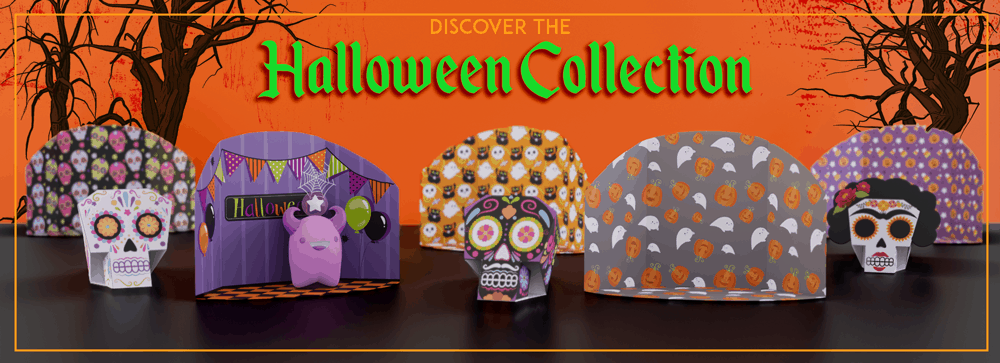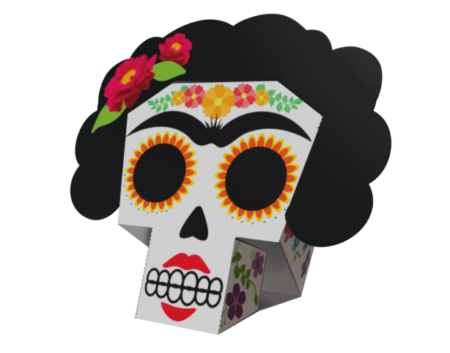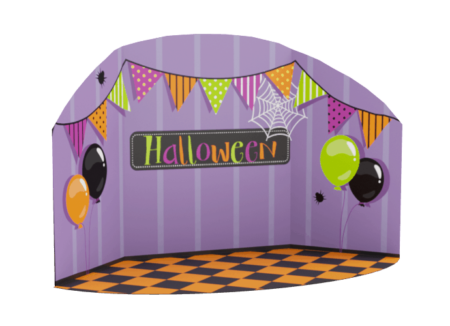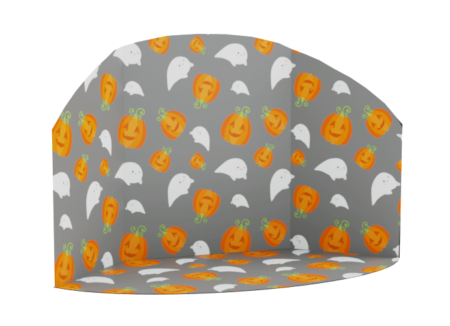Halloween Celebrated in Northern America
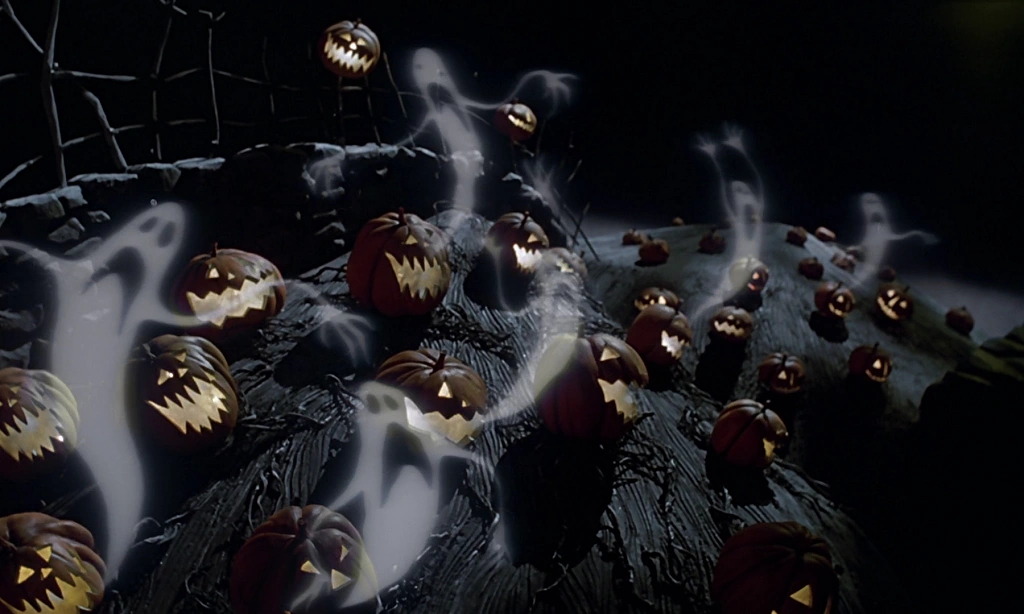
Often referred to as “Horror Night” or “Witches Night”, Halloween has become a very consumerist celebration in modern times, with its symbology and traditional iconography constantly exported to the rest of the world by the American cinematographic industry to fascinate people from all countries —just think about the famous movie “A Nightmare Before Christmas”, probably one of the most famous movies of all time. But, do we know what is the origin of this holiday? We know that this custom has to do with the cult of death and the Underworld, but it seems that this holiday might share a great deal with other folkloric celebrations around the world.
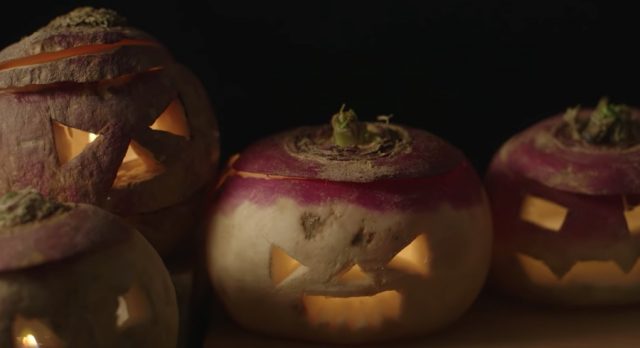
Halloween Celtic Origins
Halloween seems to originate from the ancient Celtic pagan festival of Samhain — celebrated during the midpoint between the fall equinox and the winter solstice. During this period of the year, people used to wear costumes and light bonfires– which were left burning all day and all night until the harvest was gathered. This was practiced as a propitiatory ritual to ensure a good harvest and ward off bad spirits. They also used to make jack-o’-lanterns to scare off ghosts, but instead of pumpkins they used turnips or potatoes. In fact, it was only when Irish immigrants arrived to America and discovered the pumpkin that they started a new Halloween ritual, creating the most famous and world-wide known Halloween symbol.

Halloween: Italian Origins?
But, maybe you didn’t imagine that there is someone that puts forward the hypothesis that the famous Halloween pumpkin tradition originates from Italy. Yes, ITALY! In fact, there is just one teeny-tiny village in Southern Italy, called Orsara di Puglia, where the pumpkin seems to be part of an ancient tradition linked to the cult of death called “Fucacoste e Cocce Priatorje”. According to the inhabitants, this is an historical and traditional celebration that takes place in the night between Novembre 1th and 2nd.

In the past, the village people used to celebrate this night as being the only night when the dead were expected to return on earth to pay a visit to their families. During this event everyone got prepared for the so-called “parade of the souls of purgatory”. In fact, the inhabitants used to enlighten the streets with big bonfires (Fucacoste) along the whole village, using gorse wood — a shrub that when burned creates a particular atmosphere, as if Heaven and Earth were merging together under your very eyes.

They also used to light up their doorways by placing candles inside an empty pumpkin, sometimes sculpting it with a face reminiscent of a skull (Cocce Priatorje- literally “Heads of the Purgatory”) so that the wind wouldn’t blow off the flame. That light would guide the spirits of dead loved ones to their own homes or to where they used to live in life. It was also very common to leave for the dead an offer of very poor but traditional food. The most common (and still widely prepared for this special celebration) is the offer of a special sweet food made of boiled wheat, chocolate, walnuts, pomegranate and the cooked must, called “The wheat of the dead”.
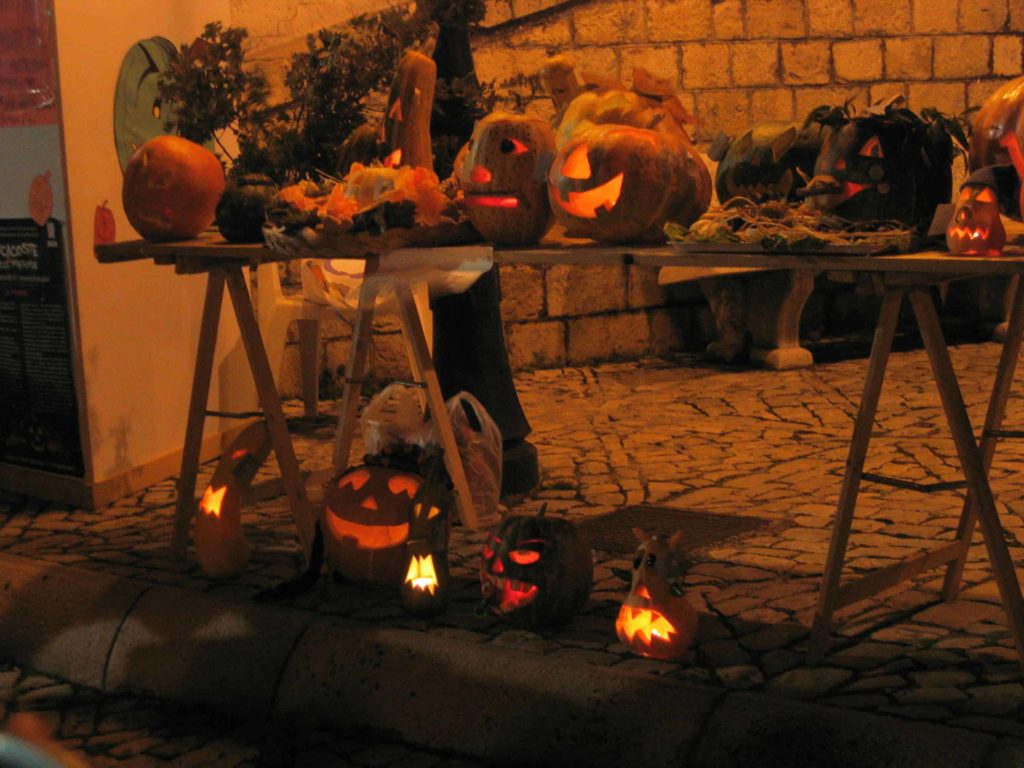
This tradition is still celebrated in Orsara’s folklore. People come from all around to take part in the celebration. Today, all the most important symbols of this celebration still remain intact, with just a pinch of newer tradition such as the Pumpkin Contest, to which even people from the villages all around come to participate to try and win the prize for the biggest and most beautiful pumpkin (“Cocce Priatorje”) of the night.
Death Cult in Southern America
However, there is another celebration — a custom that only recently has entered into the collective imagination and fascinated the whole world thanks to the attention drawn to it by the Internet and social media — that is widely observed in many Mexico villages and towns and is also linked to the cult of death.

After the arrival of Spanish “conquistadores” this cult was associated with the Christian celebrations of Saints and the Dead — which take place on November 1th and 2nd respectively. But the origins of this cult dates back to the pre-hispanic societies.
According to the religious cult of the God of the Underworld, death was not feared but acknowledged as being just one stage of life which was not obviously ended by the end of the earthly life. The dead’s souls were just beginning a long journey, and all their loved ones helped them starting that journey with a peculiar and fascinating ritual.
First, the death of a loved one was announced by cries and screams performed by the oldest women of the family. Then, the dead were shrouding with their favourite things and symbolically fed with delicacies specially prepared for the occasion. After a four-day celebration, the corpse was buried or cremated. As we mentioned before, with the arrival of Catholicism, the traditional cult has evolved and has become what is now known as “Día de (los) Muertos” or the Day of the Dead. In the vast majority of the nation the original cult has grandly merged with the Christian celebration but still keeps its original symbols, such as the Death represented either as a skeleton woman with rich wear or as colourfully decorated skulls;

or the Ofrendas which are altars where pictures of dead loved ones are displayed along with their favorite things and foods, flowers, and candles which serves as guide for the dead returning home ( you can find a very interesting representation of this custom in the Disney animation movie “Coco”, for instance. Seriously, if you didn’t watch it yet, go now ).
Here the Christian Cross merges with Día de Muertos symbols in a fascinating and impressive celebration, where the Death is celebrated with body paint, colorful decorations and parades.
What it is sure, is that Halloween and Día de Muertos represent two suggestive holidays with their peculiar symbols and their fascinating back stories, and many of us love the mystic atmosphere you can experiment on these days and, even if in a different way, we love to celebrate them every year.
Check our Halloween and Día de Muertos products!
-
 Calavera Frida Kahlo$ 4.00
Calavera Frida Kahlo$ 4.00 -
 Calavera Mustache Black$ 4.00
Calavera Mustache Black$ 4.00 -
 Halloween Party$ 3.00
Halloween Party$ 3.00 -
 Pumpkins and Ghosts$ 3.00
Pumpkins and Ghosts$ 3.00

